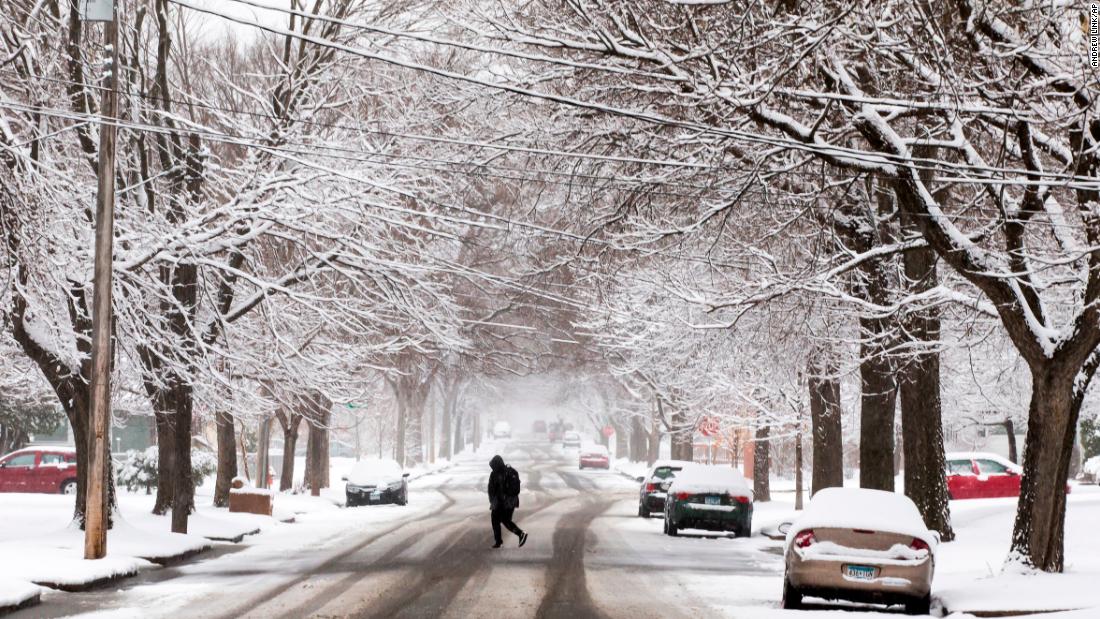[ad_1]
“[T]his winter will be filled with so many ups and downs on the thermometer, it may remind you of a ‘Polar Coaster,'” its website says.
While this forecast trends around this time every year, the more than 200-year-old almanac shouldn’t be given too much weight on its own.
The National Oceanic and Atmospheric Administration’s official winter seasonal outlook will be released in October. But for now, here’s what the Farmers’ Almanac is predicting.
Where should I see these frigid temperatures?
The 2020 edition of the Farmers’ Almanac predicts that two-thirds of the country will face a colder-than-normal winter season. The worst of this year’s bitterly cold winter will affect the eastern parts of the Rockies all the way to the Appalachians.
The outlook says the Northeast, including cities such as Boston and Washington, can anticipate colder temperatures than typically expected. The biggest drop will happen in areas across the northern Plains to the Great Lakes.
“With colder-than-normal temperatures in the Northeast and above-normal precipitation expected, our outlook forewarns of not only a good amount of snow, but also a wintry mix of rain, sleet—especially along the coast,” the long range forecaster suggests.
People in the western third of the US may be in luck, since the publication forecasts near-normal winter temperatures there.
When does this wintry winter start?
The coldest conditions are expected to arrive during the last week of January and stick around through the beginning of February.
The eastern half of the US will have a suspenseful start in 2020. The Farmers’ Almanac predicts strong and gusty winds. Depending on where you live, January 4-7 and 12-15 could have “copious amounts” of snow, rain, sleet and ice.
“And for those who live northeast of the Texas Panhandle to the western Great Lakes, watch out for what could prove to be a memorable storm producing hefty snows for the Great Plains during the third week of January,” the publication says.
So what does this mean for spring?
Be prepared to stay bundled for a while.
This year’s winter will cause a slow start to a spring season, according to the Farmers’ Almanac. People in the Midwest, Great Lakes, Northeast and New England should expect winter to linger.
“Occasional wet snow and unseasonably chilly conditions will hang on for a ride that you may not be able to get off until April,” the outlook warns.
[ad_2]
Source link


